Deftly combining the fantastical with the mundane, Amit Aggarwal is a designer who – especially over the last 2 seasons – continues to surprise us with his use of recycled plastics, industrial materials and innovative weaves for both his prêt line AM.IT, and couture line, Amit Aggarwal (formerly Morphe). His take on pretty and perfect is always a bit subversive – including the use of artificially rendered models for his lookbooks and evening dresses with sculptural volume – a favourite for Middle East buyers.
The beginning > My ideas about form and structure took shape by observing my father working on his engineering projects. I was intrigued by the aesthetics of his complex mathematical blueprints and I would make similar drawings with coloured chalk on the walls of my house. It was something I enjoyed more than anything else as a kid and what stayed with me from those times is an understanding of how simple units come together to make a whole.
I applied to the National Institute of Fashion Technology (NIFT), Delhi, in 1999 on the guidance of a cousin who was pursuing fashion design and had noticed my drawings. Learning about fashion at NIFT was new and exciting; we experimented with drapes, developed patterns and naturally, I felt inclined to creating imagery that had a definite shape and form.
L – R | Amit Aggarwal bird dress for the Vogue India Fashion Fund; quilted ruffled plastic top
I participated in many student competitions and got the chance to travel to Japan, London and Italy, which gave me a taste of what fashion was like in those countries. I met and interacted with design students from around the world, and involved myself in discussions with fashion experts and other people from the industry who were there to guide us. I apprenticed with two Russian couturiers, Seredin and Vasiliev for six months after my graduation in 2002, as a design assistant and pattern cutter for Paris Couture Week Spring Summer 2003. I was involved in the collection’s development, sourcing of materials and refining their larger design language – it was a wonderful feeling to eventually see a series of looks on the ramp that were completely designed and supervised by me.
I also worked with Tarun Tahiliani, once I returned to India, as an assistant designer for his ready-to-wear collections. I got a call from his design team and accepted on impulse.
Back in the day, only the finest students got to be a part of his team and though the aesthetic at his studio was very different from my graduation collection, in retrospect, it was one of the best gambles I have taken in my career. Tarun Tahiliani is a fashion house in the true sense – it exposed me to aspects of the industry that turn clothing into fashion and ultimately into a dream.
I began to understand the business of clothing better – meeting real clients, store owners, show producers and media influencers. It was through working with him that I truly realised the idea of craftsmanship and the power of fashion.
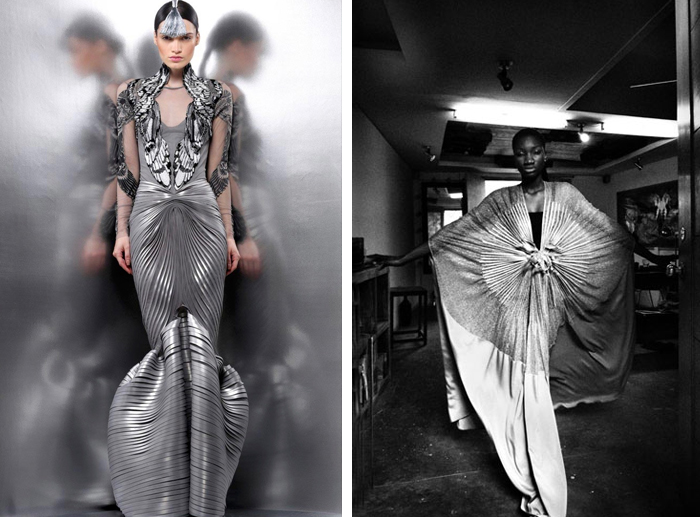 L – R | Amit Aggarwal Autumn Winter 2013-14, image: Rahul Dutta; octopus couture dress, image: Amit Sharma
L – R | Amit Aggarwal Autumn Winter 2013-14, image: Rahul Dutta; octopus couture dress, image: Amit Sharma
Independent initiatives > In 2008, I collaborated with Delhi-based apparel design studio, Creative Impex (of the Creative Group) for my first independent clothing venture called Morphe – a one of a kind collaboration in India between an exporting house and a designer. Shiv Agarwal, design director of the Creative Group, and I enjoyed each other’s company and did a lot of international travel together for his export division. During one of our conversations the idea of launching an avant-garde brand of garments for the country struck us. He brought in the money to execute Morphe and I, the creativity. This was my most well-rounded experience in the business – through shows, holding exhibitions at international venues and becoming familiar with fashion globally.
All of these experiences culminated into the creation of my own eponymous couture label, Amit Aggarwal, and later its diffusion ready-to-wear line AM.IT (abbreviation for “I am it”). With my own labels I had the freedom to create an independent design language that agreed with my personal understanding of the craft and industry.
Top L – R | AM.IT gingham checkered skirt with recycled plastic details for Platform magazine; AM.IT handwoven striped metallic jacket, image: Ankit Chawla. Bottom L – R | Recycled lampshade made out of plastic straws, Amit’s sketchbook, a souvenir collected on travels
Amit Aggarwal / AM.IT > The brand started with designing couture, which included experimenting with various materials and techniques – which has always been the basis of all our work. The voluminous shapes and surface details that you see in our couture reoccur in our ready-to-wear. The business we engage in through Amit Aggarwal couture has helped us start AM.IT – to make the brand more available and not limited to occasion wear.
The core of couture label Amit Aggarwal lies in moulding and freezing amorphous forms into structures. Industrial materials are the basis of our clothing – they are thoroughly transformed by hand done techniques into intricate garments with a definite shape, which further beautifies a woman’s figure. My ready-to-wear line, AM.IT is a duet of my understanding of organic and what I have already been doing in couture, which is driven by industrial materials.
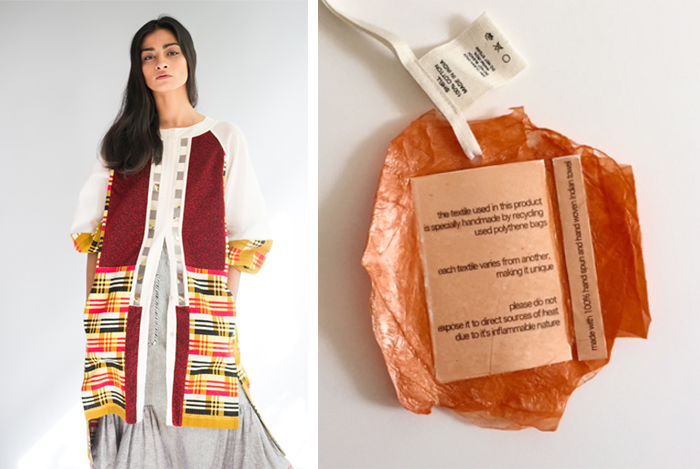 Top L – R | AM.IT ikat recycled plastic dress, Amit Aggarwal heat-pressed ruffled top at Lakme Summer Resort 2016, image: Ankit Chawla. Bottom L – R | AM.IT handwoven dhurrie jacket, image: Ankit Chawla; AM.IT tag made out of recycled plastic
Top L – R | AM.IT ikat recycled plastic dress, Amit Aggarwal heat-pressed ruffled top at Lakme Summer Resort 2016, image: Ankit Chawla. Bottom L – R | AM.IT handwoven dhurrie jacket, image: Ankit Chawla; AM.IT tag made out of recycled plastic
This line is a collage that is influenced by various design capacities that I see during my travels around India – sometimes I pick handcrafted Jamdanis from Kolkata, at other times handwoven rugs from Chennai or industrially produced polythene bags from local vendors around our Delhi studio. Through AM.IT, I wanted to bring the essence of craftsmanship that India as a cultural and industrial icon has to offer.
For AM.IT’s Spring Summer 2016 collection we worked with organic khadi gamchas (Indian towel) and everyday polythene bags, which are both basic needs of a common man.
The idea was to make neglected things and materials superheroes. In terms of design I was hugely inspired by the plasticky Harajuku culture of Japan, where I was travelling at the time. As a result the collection was a collage of various subtle and flamboyant influences.
Detail shot of AM.IT recycled bindi sheet patchwork on ikat fabric.
Form x Function > Over the past few years my understanding of form and function has come closer. The exaggerated but mostly theatrical form that still appears in my couture has found more reason in the ready-to-wear.
The form now not only beautifies but also supports and secures – what I have enjoyed doing is taking “no longer usable” products and industrial waste and breaking them down to the original raw material that was used to make them. This raw material can then be given another identity.
Since our designs are material driven, we have a unique set of materials for every collection that takes various forms and shapes, and sometimes, continues as something completely new in the following collection. The malleable recycled polymer sheet is our signature material that we use through all our clothing. We manipulate it by cutting, folding or even steaming – to define new form every single time. We consistently use polymer-based materials like plastics, polybags and rubber that hold the fluid, flower-like flounces that you see in our designs.
AM.IT Spring Summer 2015 khadi collection, image: Amit Hansraj
Audience > I enjoy exploration when I am creating garments so I always imagine a shopper who doesn’t stick to an ideology and is open to the unexpected. Our garments have characteristics that reflect traditional Indian craft but visually, the designs are very progressive – so my customer has to be someone who likes such duality.
I feel that women from the Middle East have an eye for our eccentric couture pieces.
Because of the abstract nature of our designs there have been times when people have looked at it as a cityscape or an animal form, but since it’s never an absolute reference, it leaves them imagining more. Some buyers have even expressed the wish to hang our dresses in their space as an installation. The superlative research and development that goes into the making of our couture lends our brand the position it holds today.
Top L – R | Amit Aggarwal hand shredded & heat moulded recycled polythene dress; jacket with amorphous belt detail. Bottom| Amit Aggarwal bugle-bead moulded octopus on hand-cut recycled plastic. All images: Rahul Dutta
We have been showcasing Amit Aggarwal couture at Paris Fashion Week through private showroom exhibitions over the past eight years. It takes time for a viewer to apprehend our clothing and be ready to buy it. Over a period of time, the brand is now available in 18 countries including India, Kuwait, Germany and Panama and cities like London and Dubai.
In India we retail through our flagship store at the Kila, New Delhi and stores like Ensemble, Aza and Atosa. AM.IT’s last Autumn Winter collection will soon be available at Le Mill, Mumbai and the new Ogaan store at Malcha Marg, New Delhi.
A healthy discussion with exhibition curators, distributors, buyers, store owners and media representatives is how we try to educate our final audiences about the values we put into a piece of clothing.
Digital and other references > I am generally curious about how trends are formed and how they affect lifestyles. I like Lidewij Edelkoort’s forecasts on fashion, food, culture and other human engagements. During my work travels, I make sure I visit inspirational locations in the city I am travelling to. It could be an old café in Pondicherry or a museum in Copenhagen that exhibits the work of contemporary practitioners in art, fashion or architecture from that region.
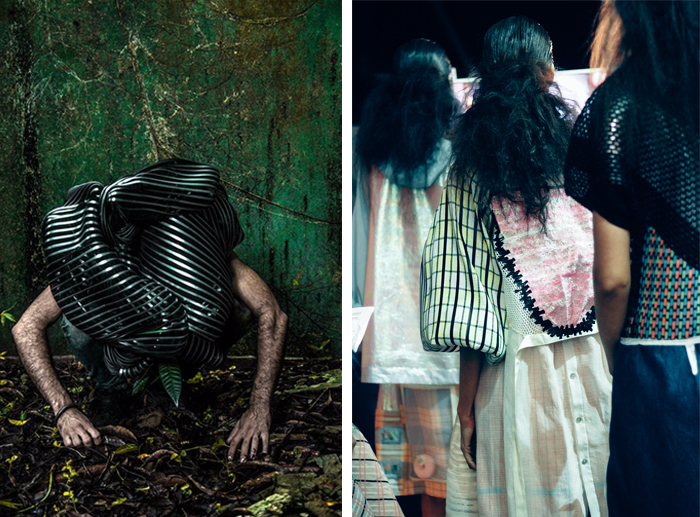
Top L – R | Sahej Rahal & Amit Aggarwal collaboration for Vogue India October 2015; backstage shot of AM.IT Spring Summer 2016 at AIFW, image: Astha Manchanda. Bottom L – R | Architectural influences from Kyoto, Hakone Sculpture Park in Sapporo, piles of stainless steel utensils at a local shop in Chennai
After an engaging day at work I also like to spend time with my life partner and my dog. Animated movies are something I truly savour, their lighthearted film-making makes me relish the simplistic side of life. I find Japanese film director Hayao Miyazaki’s work for Studio Ghibli inspirational, and am also enjoying the mood some of the recent Bollywood movies (such as Dum Lagake Haisha) are pushing for, which put forth honest and unadulterated insight into our lives.
I also recently read about how Comme des Garçons functions as a brand, concentrating continually on giving its customers new and interesting things. The idea for Comme des Garçons is not to grow a huge business but to create what they can freely, without the restrictions that come from scaling up. I truly regard such vision by the brand’s founder, Rei Kawakubo.
Work history >
AM:IT – Founder and Creative Director, New Delhi. 2015 – present
Amit Aggarwal – Founder and Creative Director, New Delhi. 2012 – present
Morphe – Creative Director, New Delhi. 2008-2011
Creative Impex – Design Director, New Delhi. mid 2005 – 2008
Tarun Tahiliani – Assistant Designer, New Delhi. 2003 – mid 2005

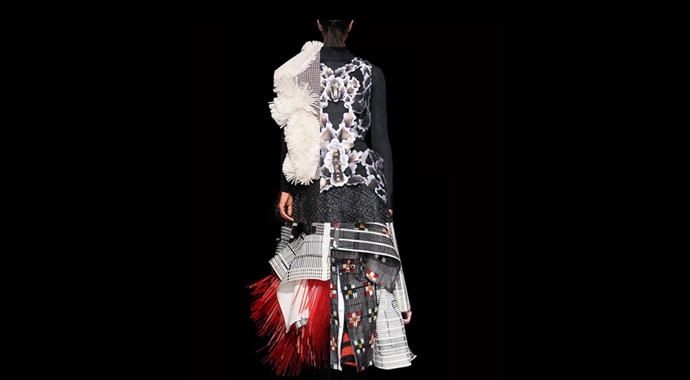
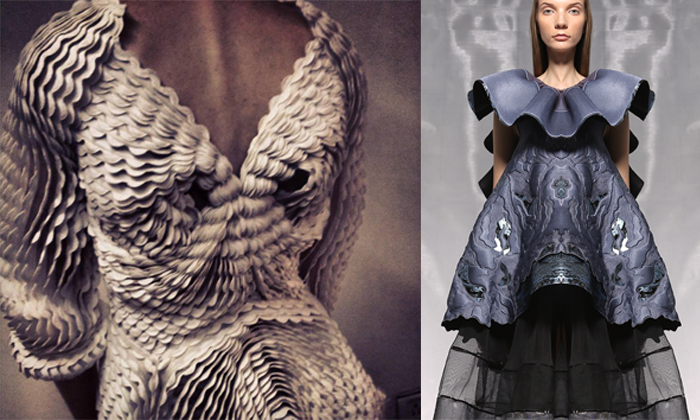
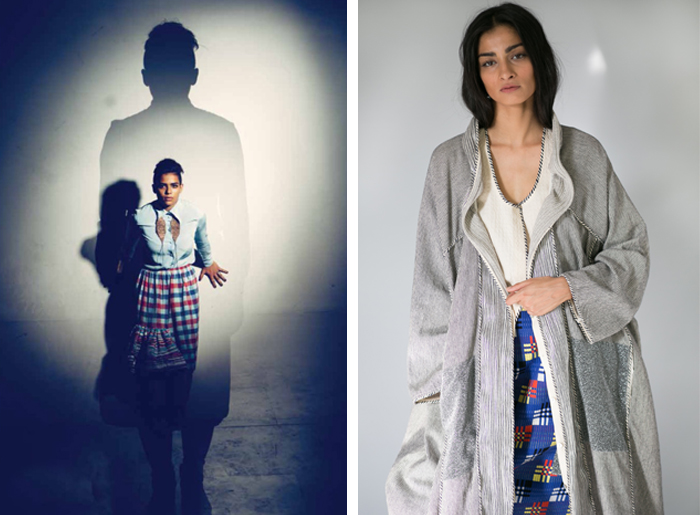
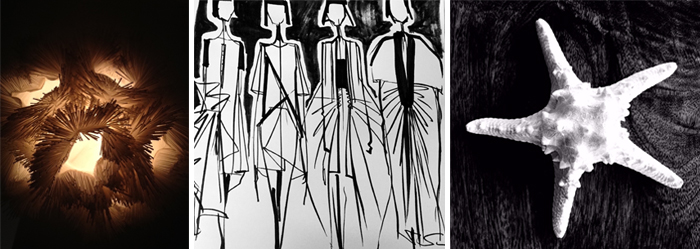
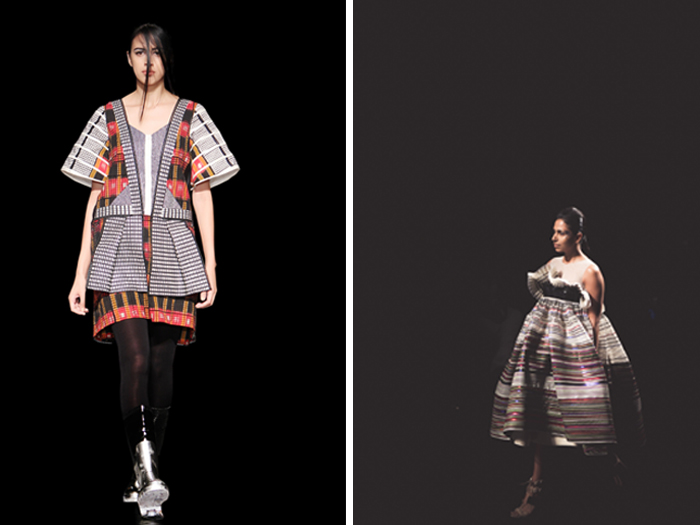
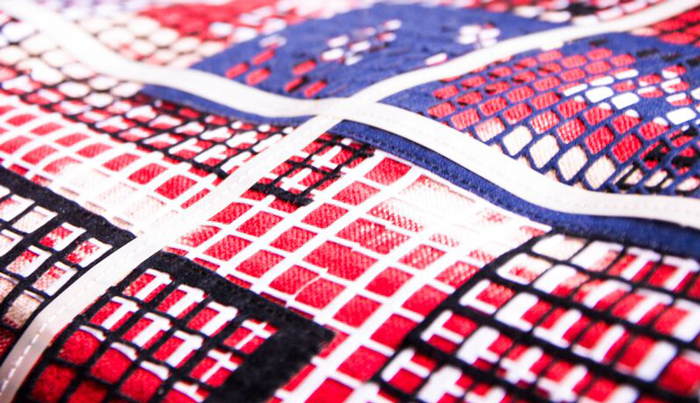
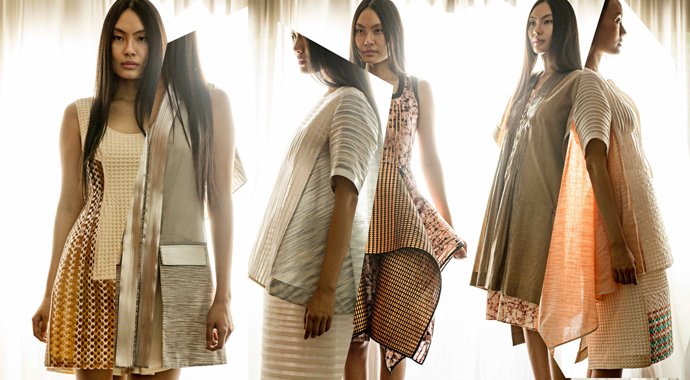
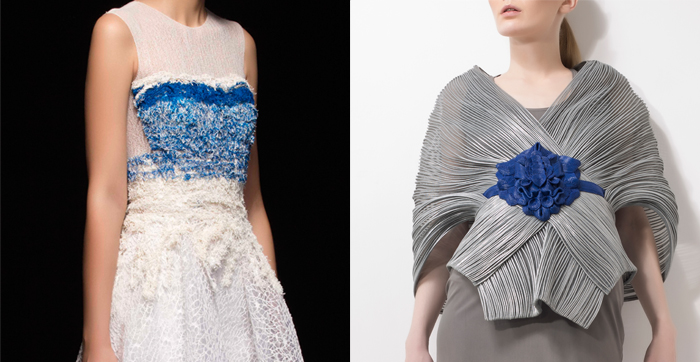

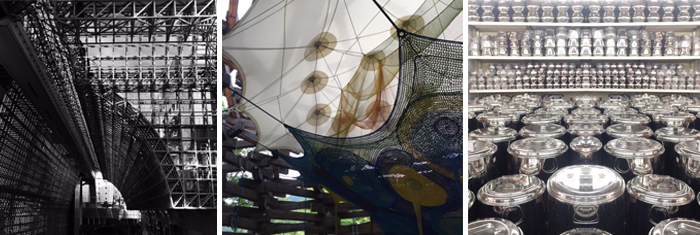
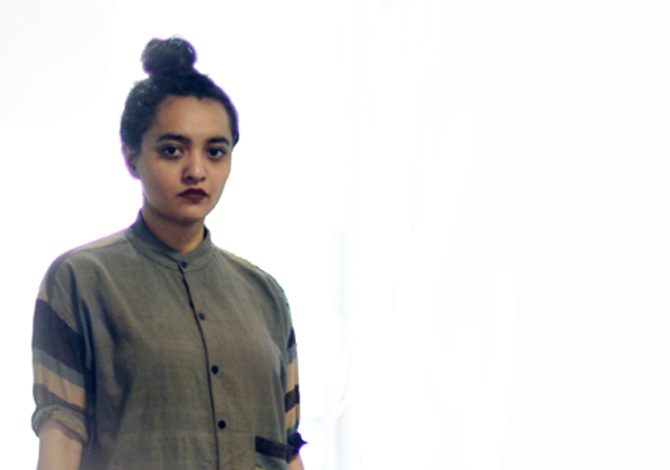
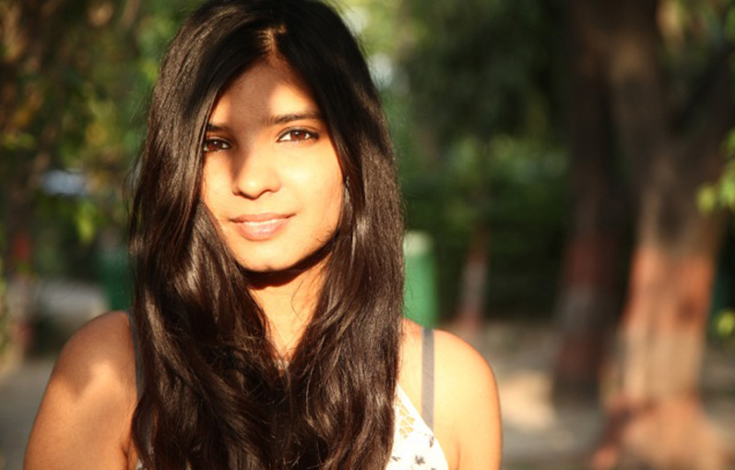
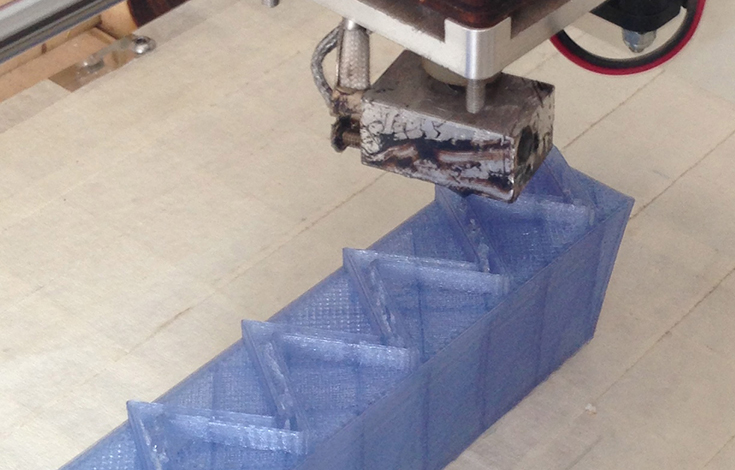
I am a last year designing student & loving Amit aggarwal for his great ideas & Mind blowing work!